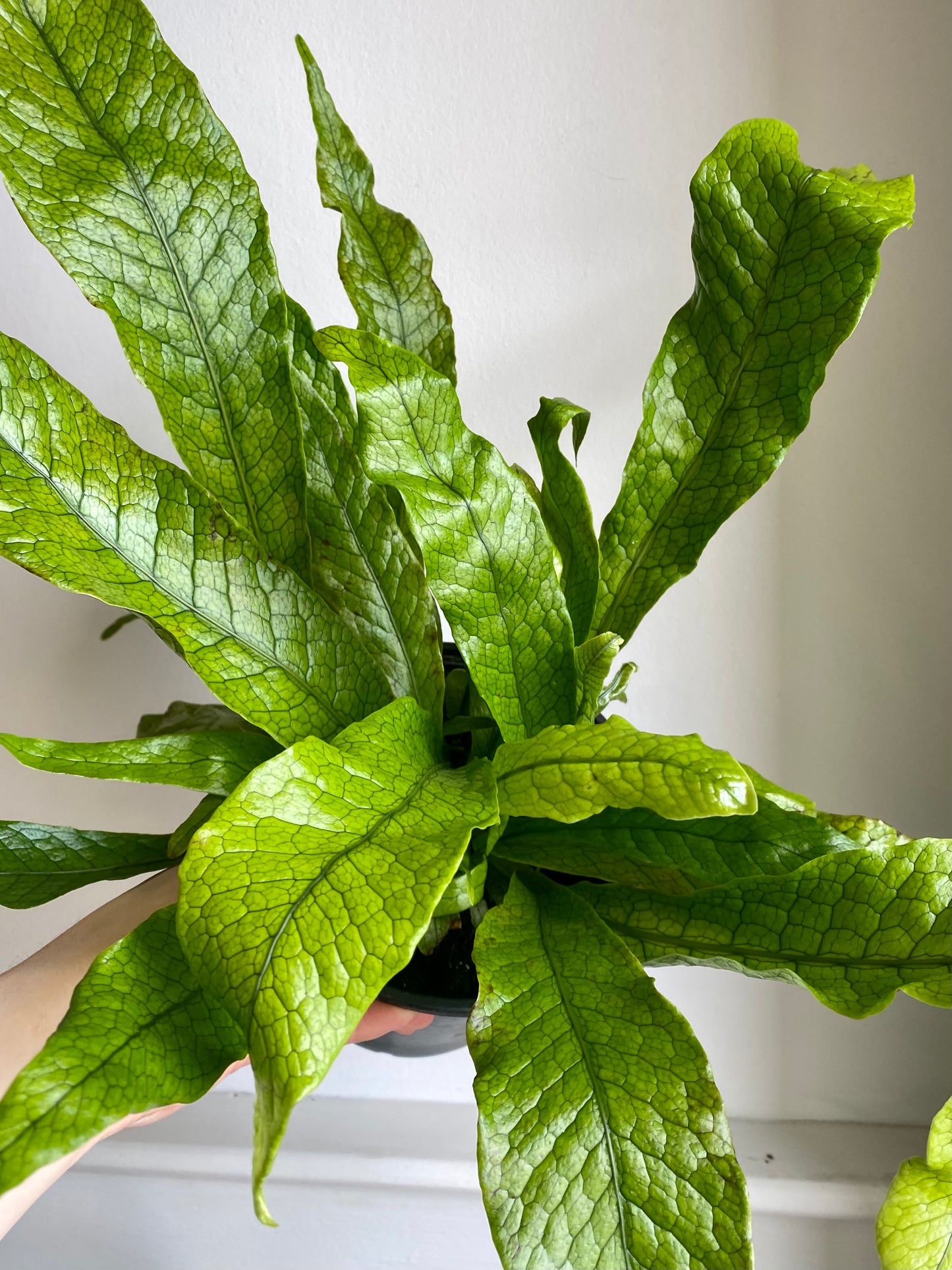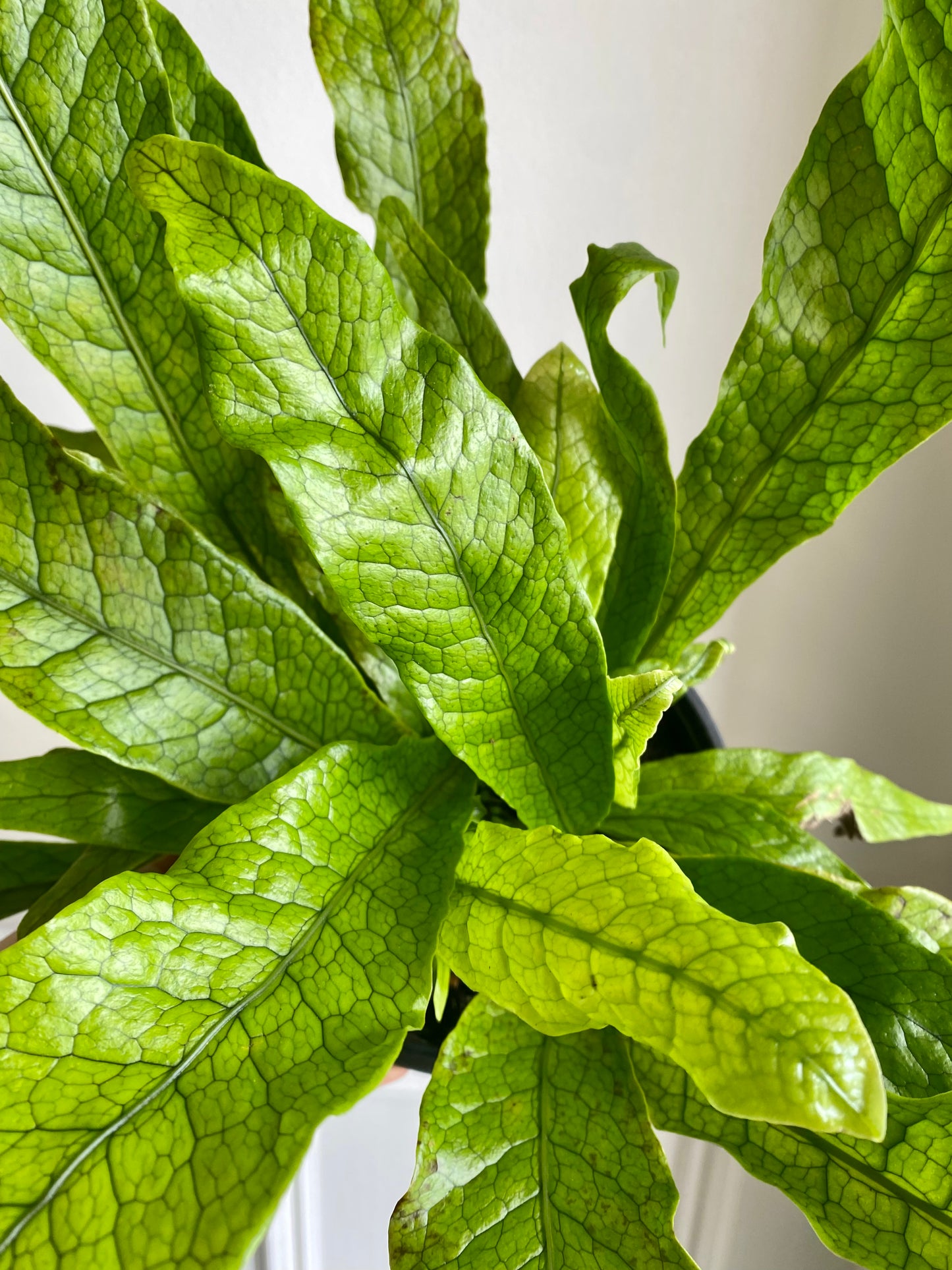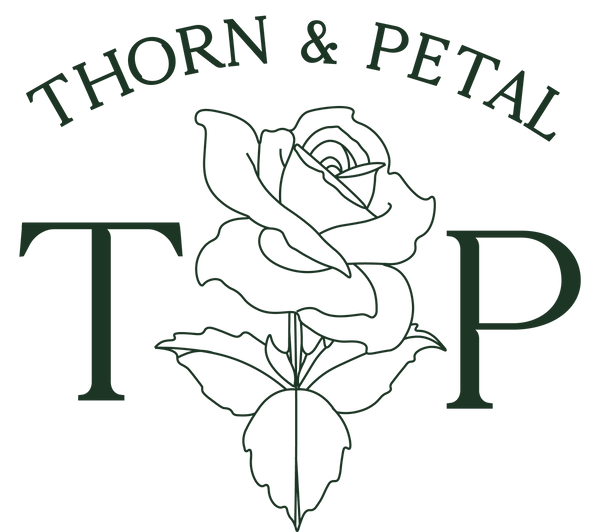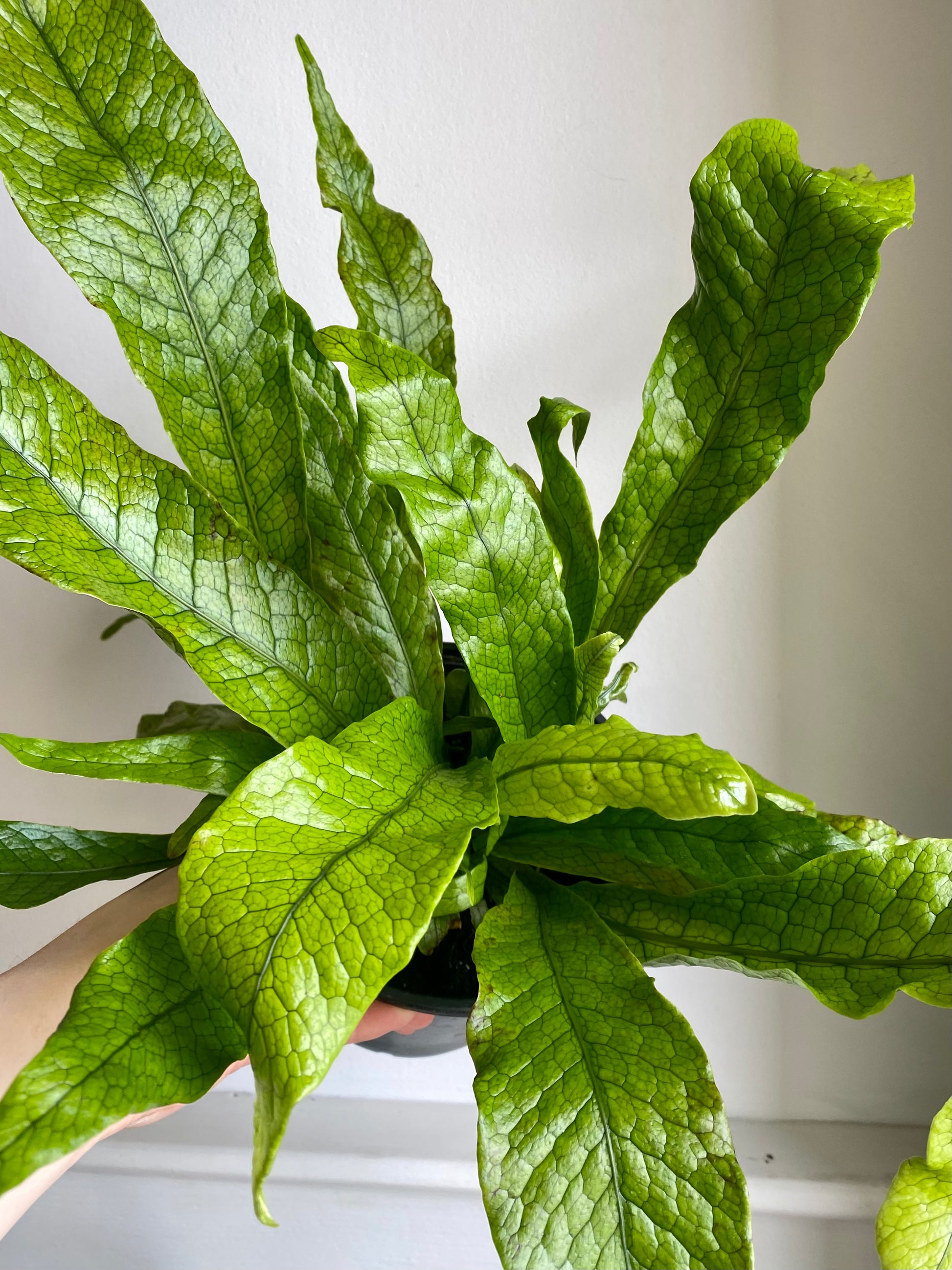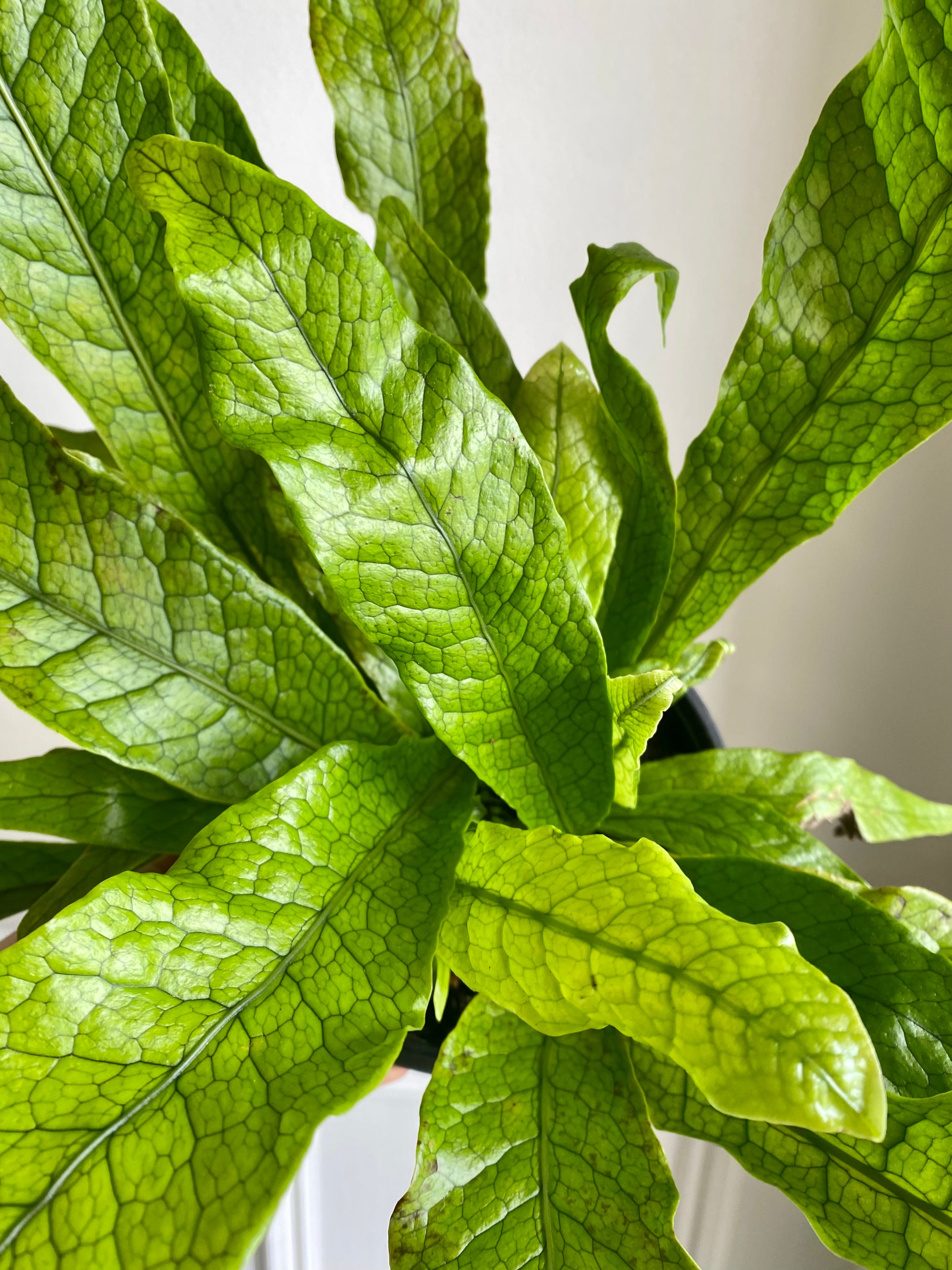Crocodile Fern
Crocodile Fern
Couldn't load pickup availability
6”
Crocodile fern, scientifically known as Microsorum musifolium 'Crocodyllus', is a unique and striking fern species native to Southeast Asia. It is named for the distinctive pattern on its fronds, which resembles the scales of a crocodile. Here's some information about crocodile fern and its care needs:
-
Light: Crocodile ferns prefer bright, indirect light. They can tolerate some morning or late afternoon sun, but direct sunlight should be avoided as it can scorch the delicate fronds. Place them near a window with filtered light or in a location with bright, indirect sunlight.
-
Watering: Keep the soil consistently moist but not waterlogged. Water thoroughly when the top inch of soil feels dry to the touch, allowing excess water to drain away freely from the pot. Avoid letting the soil dry out completely, as this can cause the fronds to wilt and dry up. In high humidity environments, more frequent watering may be necessary.
-
Humidity: Crocodile ferns prefer high humidity levels. Mist the fronds regularly with room-temperature water to increase humidity, especially if you are growing the plant indoors. You can also place a humidifier near the plant or set the pot on a tray filled with pebbles and water to create a humid microclimate.
-
Temperature: Crocodile ferns thrive in temperatures ranging from 60°F to 75°F (15°C to 24°C). They can tolerate slightly cooler temperatures but should be protected from frost and freezing temperatures, as they are not cold-hardy.
-
Soil: Plant crocodile ferns in a well-draining potting mix that retains moisture while allowing excess water to drain away. A mix containing peat moss, perlite, and organic matter is ideal for ferns. Ensure that the pot has drainage holes to prevent waterlogging, which can lead to root rot.
-
Fertilization: Feed crocodile ferns with a balanced liquid fertilizer diluted to half-strength every two to four weeks during the growing season (spring and summer). Reduce or eliminate fertilization during the fall and winter months when the plant's growth slows down.
-
Potting and Repotting: Repot crocodile ferns as needed when they outgrow their pots or become root-bound. Choose a slightly larger pot with good drainage and fresh potting mix. Repotting is best done in spring or early summer when the plant is actively growing.
-
Pruning and Maintenance: Remove dead or yellowing fronds regularly to promote healthy growth and maintain the plant's appearance. Trim any brown or damaged tips with clean, sharp scissors or pruning shears. Crocodile ferns are relatively low-maintenance plants and do not require extensive pruning.
Share
